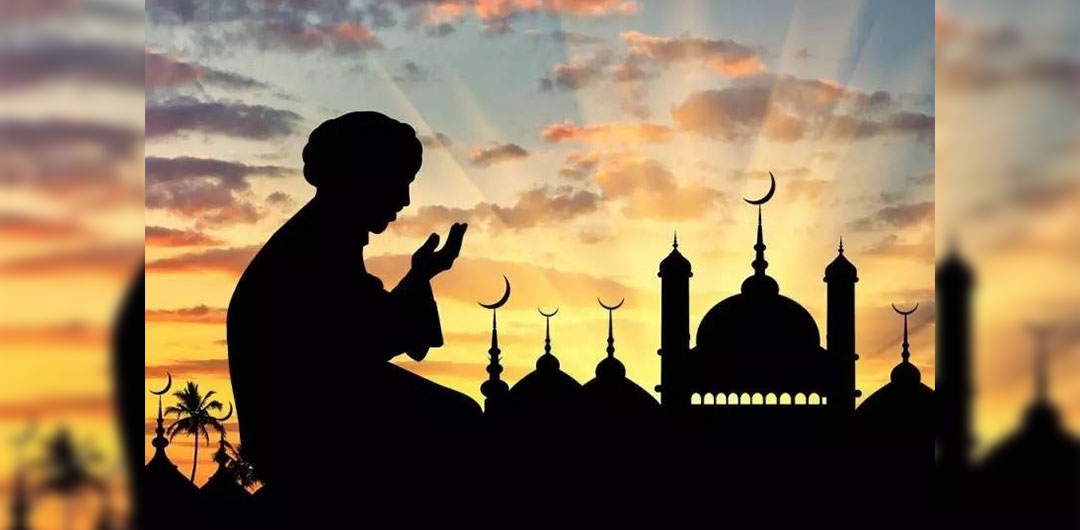
It is indeed unfortunate that for a vast section of non-Muslims around the world today, the true essence of Islam has been influenced and redefined as rather a global threat to mankind. In an era of the media revolution, Islam has often been falsely sabotaged over and over again for the sake of international politics. Over the years, negative media highlighting has made it easier for us to view Islam through a different perspective, one that is far away from its roots. The fascinating journey of Islam dates back to 1400 years from now, as it travelled across continents and introduced a tale of cultural exuberance among countless civilizations. Today, we can find its enchanting cultural influence evident from Alhambra in Spain to the regal capitals Istanbul and Tehran and further away in South East Asia. Islam originated in Mecca at the beginning of the 7th century CE. However, the spread of Islam officially began when it arrived in the port cities of India through Arab traders. Strong trade ties and cultural exchange have always been the prime source behind the spread of this great religion. As Islam continued to extend further away, interactions between early Arab armies and other civilizations started to influence the shaping of Islam. Along with that, came remarkable turning points in the Islamic world.

Mongol armies
The arrival of Mongol armies in Central Asia served as a major turning event in the history of Islam. By the 13th century, the Mongols had conquered Iran and Iraq; sacked Iraq’s capital Baghdad in the year 1258. Islam was eventually adopted and articulated by the Mongols as their religion. They adopted and held onto many regional influences and local traditions that were practised even before their arrival. At that time, there were several caliphates, which were Islamic states ruled and governed by a caliph. A caliph was a religious and political leader to the people of his state and had absolute authority and power. The person chosen as a caliph was a successor to the Islamic Prophet Muhammad (peace be upon him).

Fatimid Shia Ismail
After the Mongol armies, the next major shift occurred during the 10th century when the Fatimid Shia Ismail dynasty challenged loyalty to the Abbasid Caliph (Abbasids) in Baghdad. Although it was a moment of uncertainty regarding the rightful political and religious power, it soon turned into a period of hope. The Fatimid Caliph was first located in North Africa and then to Cairo in Egypt. Thus, the Fatimid Caliphate was successful in establishing secure trade networks through the Red Sea to the Indian Ocean and Sub-Saharan Africa. This was where ideas about knowledge, art and culture prospered and Islam began to thrive through global development.
However, the dark days for Islam arrived with the establishment of the European colonial period. It was seen as a state of helplessness and despair for all Muslims as they lost their lands and autonomy to the invaders. Even though the Europeans allowed a special local autonomy to exist, they eventually destroyed a lot of intellectual property of Muslims. Islam was pushed back firmly and reshaped in the form of the colonial mentality. Muslims were affected with a major inferiority complex from the superiors and were under constant oppression. The colonial experience suddenly threatened the enriched past and the rationally spread journey of Islam.
Despite all the hindrance, Islam managed to stand tall on the foundation upon which it was built. A very remarkable and significant era for Islam was the great Ottoman Empire, established towards the end of the 13th century in Turkey. The Ottoman tribes began as nomadic people who wandered for centuries in present-day Turkey looking for new pasture lands. At that time, Muslim Sultans appointed them as mercenaries to fight off the Mongol hoarders. Eventually, these Turks began their territorial claims and from there, emerged a warlord of ambition named Osman Bey. The followers of Osman became known as Ottomans which mean warriors of faith or Ghazis whose destiny was to bring Islam to the world. At that time, other powerful Muslim empires ruled over the East and South who were allies to the Ottomans. Hence, their only direction of expansion was the Christian territory westward. They moved towards the North and West, which was ruled by the weakened and fading Byzantine Empire.
The Ottomans quickly ran over the splintered Byzantine factions and united Northwestern Anatolia into a single domain. In 1326, they finally took the powerful Byzantine city of Bursa. This was a victory that changed the character of the Ottoman Turks forever. This was a movement of a whole civilization from a nomadic way of life to a settled way of life, as the Turks settled to establish an empire of glory. They set up Bursa as their capital and were very concerned to establish themselves as the rightful standard-bearers of Muslim civilization. The Ottomans were known for including and synthesizing cultural elements through the lands that they passed. During their rule, they instituted major judiciary and legislative changes related to society, taxation, education and criminal laws.

Suleiman the Magnificent
The reign of Ottomans came to an end with the death of their great sultan Suleiman I in 1561. Suleiman was the longest-ruling sultan of the great empire, and no other Ottoman sultans ever achieved his greatness again. Suleiman’s death made the nexus of world power move across the Mediterranean Sea to the Atlantic Ocean and the new world, slowly leaving behind the Ottomans. The influence of Islam thus kept spreading and influenced many other cultures. The mystic origins of the Sufi dance culture, the monotheism of the Jews and Christians and the classical intellectual culture of the ancient Greeks go back even further to the time of the Prophet Muhammad (PBUH).
Islam’s legacy is intertwined with the West’s and to the billions of Muslims who make it the second-largest religion of the world. We often seem to forget the rich history and the many contributions of this great religion for our planet. From the earliest times, Islam has brought some of the greatest transformations in our human society and has always emphasized on a free-thinking pattern of lifestyle.
Islam is the first religion to recognize female rights and to uphold the social status of a woman. Muslim women have always held the legal right to own their land and participate in commercial interactions. Even the Qur’an states it clearly, “And for women are rights over men, similar to those of men over women” (Qur’an 2:228). This confirms the fact that over fourteen hundred years ago, women were given equal rights that Western civilization just began to enjoy in the Twentieth century. For example, Christian England recognised the right of women to property and wealth in the 1910s, while Islam has allowed the same right to women from all times. Islam also guarantees that reward is dependent upon one’s actions and not one’s gender. To support this equality, consider this verse, “Never will I allow the loss of the work of any worker amongst you, male or female; you are of one another.” (Qur’an 3:195).
Furthermore, Islam has always followed on a democratic lifestyle, one that is entirely free of social inequality. Muslims have always been encouraged to enlighten themselves by education and to treat every member of society equally. The Prophet Muhammad (PBUH) said: “Education is compulsory for every Muslim.” That means, both males and females are encouraged to educate themselves. It should be noted that although males and females have equal rights, their specific rights granted to them are not always identical because of the statement, “And the male is not like female” (Qur’an 3:36).
The modern era indeed makes it difficult to preserve some of the key aspects of this great religion. Many people seem to have the misconception of Islam as a religion of strict severity and religion that oppresses female rights. Islam has made the world a safer place for women and has always emphasized on removing all kinds of social disparity. Hence, it is vital to learn and acquire the true essence of Islam to broaden our perspectives. We must be able to draw the fine line that exists between what it is and what it is seen to be.




